Mother nature- The driver of markets
By Matt Wallis
Mother nature tends to be a complicated and unpredictable force where quite often someone’s misfortune turns into another’s good fortune. That can be said for how grain markets are reacting to the current climatic conditions experienced through the northern hemisphere cropping regions of late, to more than one extreme.
Across the Canadian Prairies and Northern US Plains, extreme heat coupled with prolonged dryness has decimated crops, in particular canola and wheat. On the other end of the spectrum we have seen heavy rains throughout Western Europe with catastrophic flooding through parts of Germany since receiving around six inches of rainfall in a 48-hour period.
The weather issues throughout the US Western Plains and Canadian Prairies has been well documented over the last 6 weeks with no reprieve in the short term forecasted. The Canadian canola crop for one has been impacted severely with the market shaving 15-20% off the top end of production forecasts. Temperatures have consistently hit north of 45 degrees Celsius and 4-5 degrees above the long-term average which is extremely uncommon while in crop rainfall is approximately only 40% of the long-term average. In what is usually a stable producing region this has most certainly caught growers off guard who traditionally are heavy forward sellers. Given the crop is now in the critical stage of flowering, if this trend continues it would be fair to comment further production revisions lower are likely.
These adverse climatic conditions are also having a significant impact on the protein wheat grown through the Canadian Prairies and North America. On the production front, the crop is going to head much quicker slashing the yield potential of these crops.
The impact of this is being demonstrated on the Minneapolis Grain Exchange via the Hard Red Spring Wheat contact rising 340 USc per bushel to 9 year highs from the lows posted in April this year.
The impacts of the wet weather in Europe is expected to be felt on two fronts. Rail and road infrastructure in parts has been destroyed hampering the ability for the crop to reach the appropriate markets whilst the quality of the overall crop is likely to be downgraded from milling wheat to more general purpose/feed wheat.
Overall, this is challenging the world’s supply of protein wheat which is starting to feed through to our domestic market where 13% protein is bid upwards of $320 Port Kembla track.
These factors have positively impacted our Australian market where new crop wheat is up $20/mt for the month to date coinciding with revisions higher in the domestic crop coming.
Having said that, the domestic market is up $20/mt in a time where the CBOT Dec21 contract is up 90USc/bu or $44 AUD/t. The weakening basis is a telling sign that grain buyers alike are optimistic in the prospects of the harvest coming and with a healthy carry in from the previous harvest basis, is likely to come under further pressure provided the conditions remain favorable.
Working in our favor is that with a lower basis level comes more export opportunities given Australian wheat’s relative competitiveness versus other origins.
The greatest challenge now lies within the supply chain and whether it can efficiently process two thumping harvests
Here comes the grain
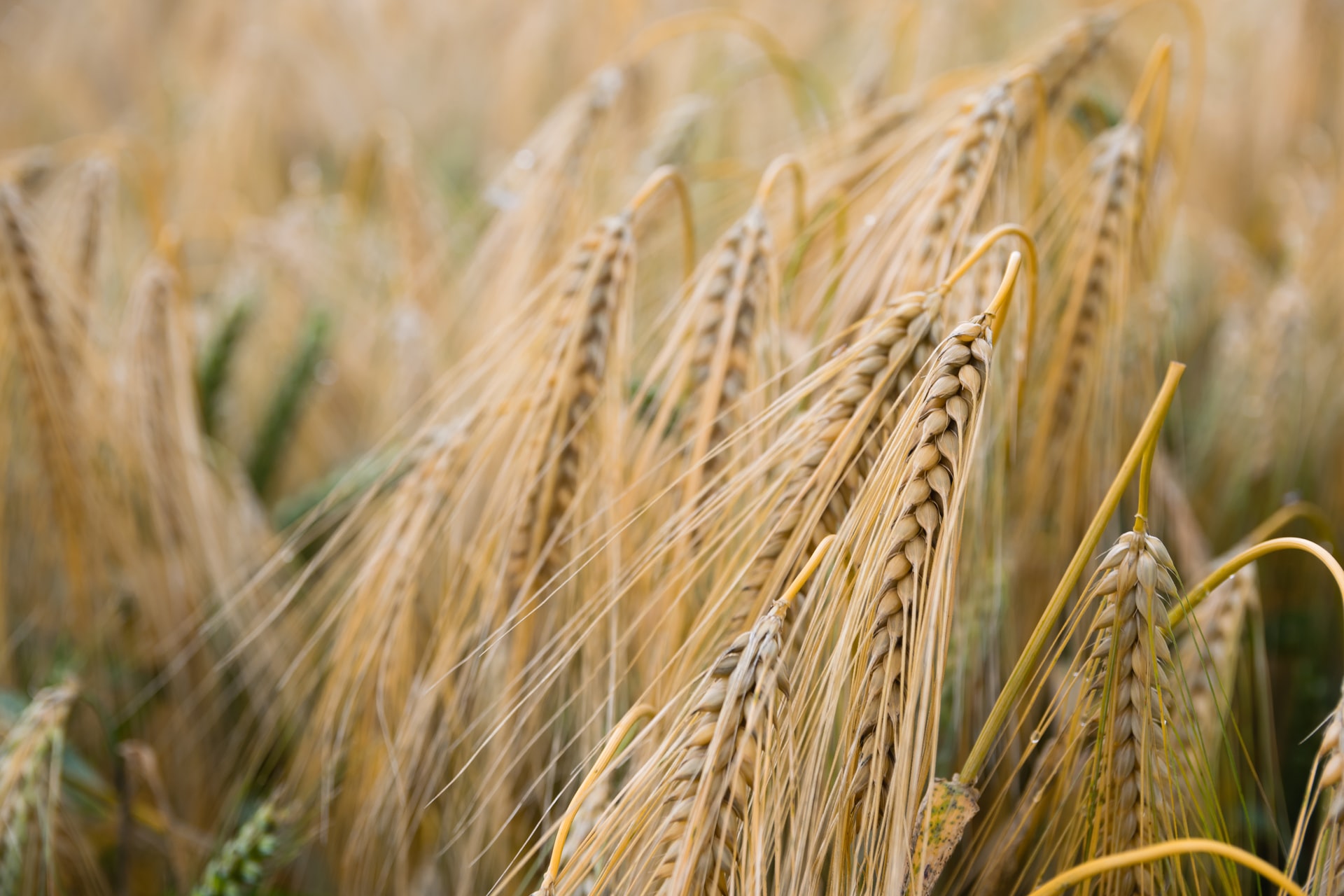
With welcome rain across the month of June the majority of Australia's cropping regions are shaping up to have an average to well above average production year for 2021/22.
Read MoreWeather driven rally for grain prices
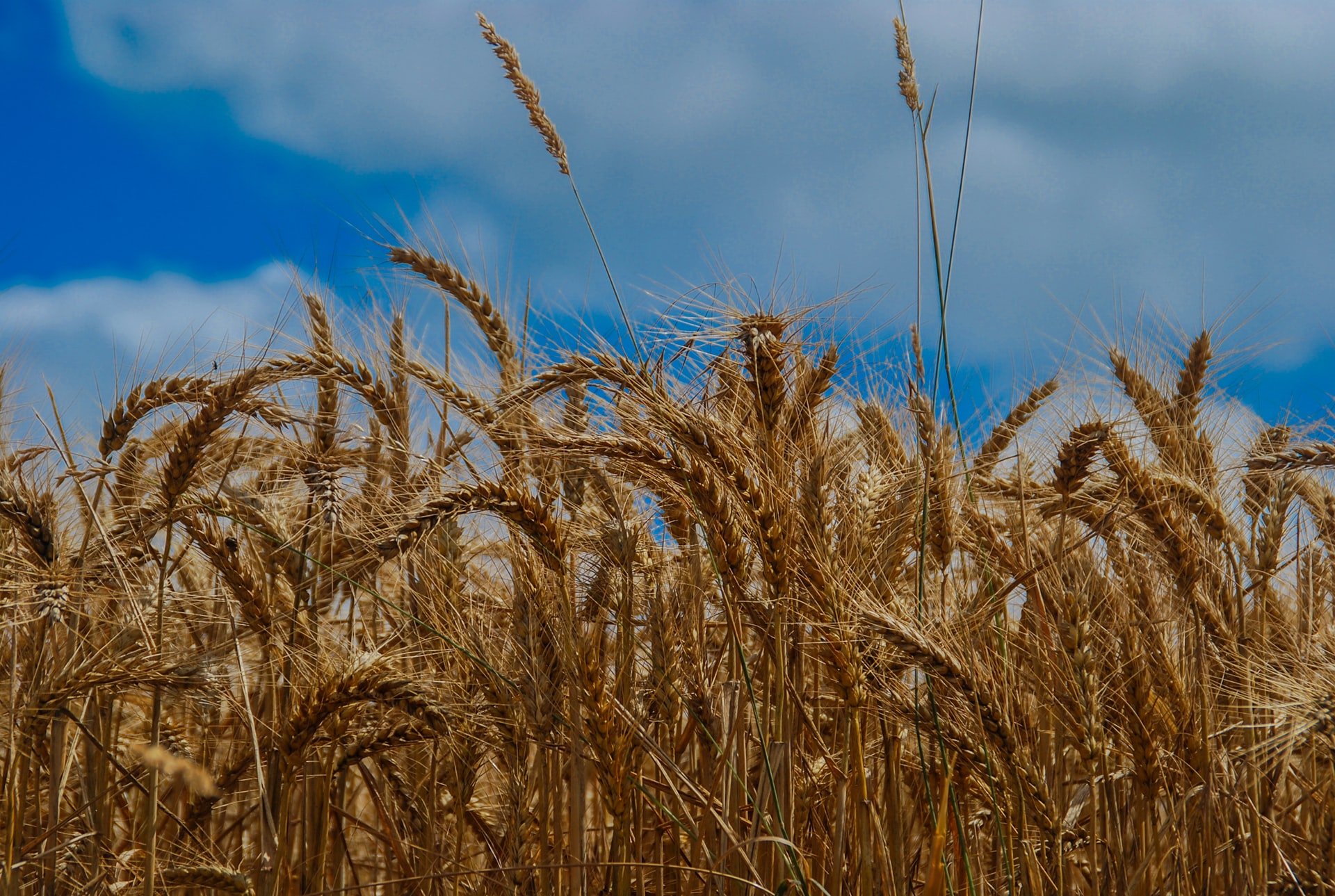
As we see off the month of June and for most people, the end of sowing, the BOM reports that last month produced above average to very much above average rainfall for a large part of the New South Wales cropping belt. Undoubtedly there are some that would appreciate a top up, however the general consensus is that a few days of dry weather would be a welcome break.
Read MoreGenerous June Delivers Potential
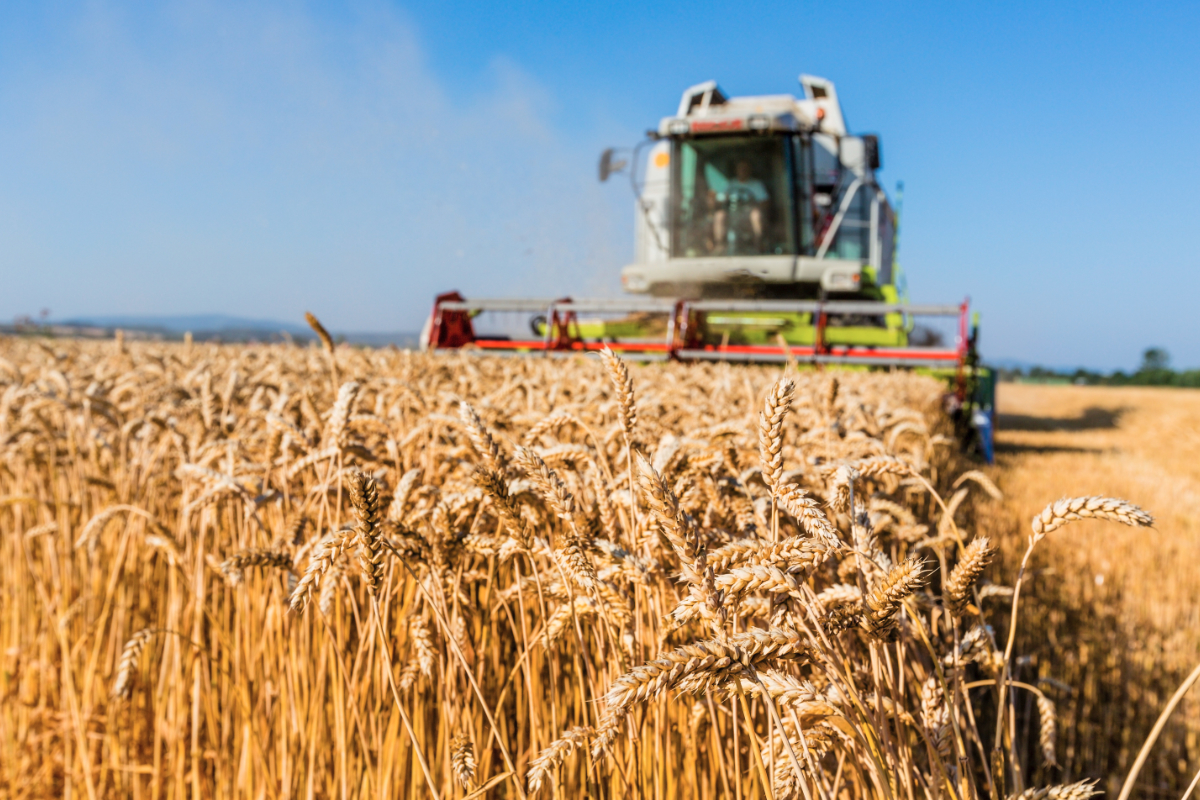
The month of June has been generous with its rainfall adding valuable moisture to the coffers of the New South Wales broadacre farmer. For some, the rain has been welcomed as a fair dinkum season opener, whilst for others it has consolidated what has already been a very good start to the 2020/21 growing season.
Read MoreBroadacre farmers delight, but where will we store all this grain?

As Phillip Lowe, the Reserve Bank of Australia governor said last week, the performance of the Australian agriculture sector throughout the Covid pandemic has helped underpin the nation’s economic recovery.
Read MoreCrop Forecast looks strong, but will prices hold?

So much of 2021 is yet to unfold, including the all-important spring, however recent rains have the New South Wales crop starting to resemble that of 2020. Unfortunately the same cannot be said for some other parts of the country.
Read MoreVariable harvest predicted
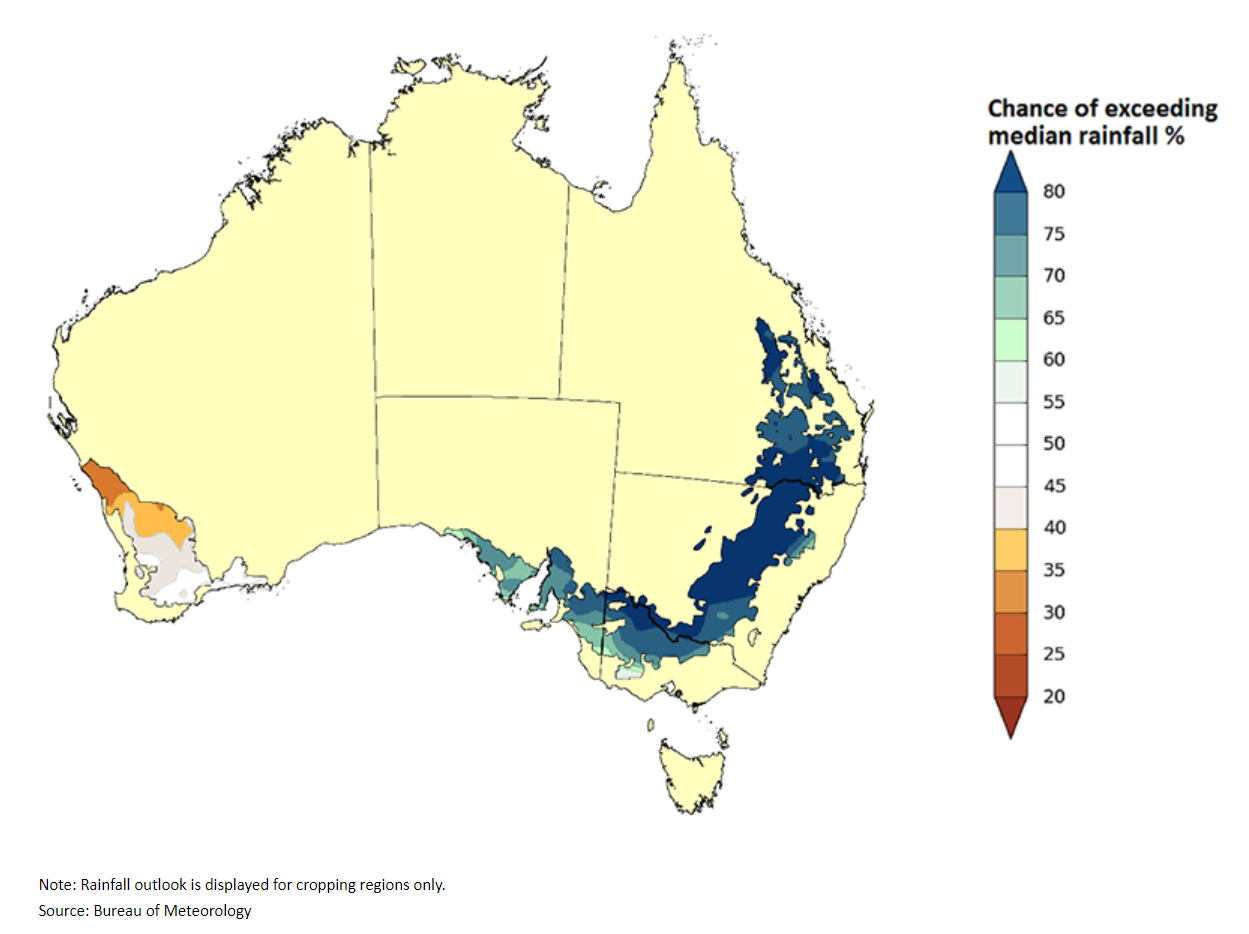
As expected, the production figures for the 2020-21 harvest and prospects for the 2021-2022 harvest are forecast at well above average, however worth noting this is not without regional variation.
Read MoreSA Market Wrap - May
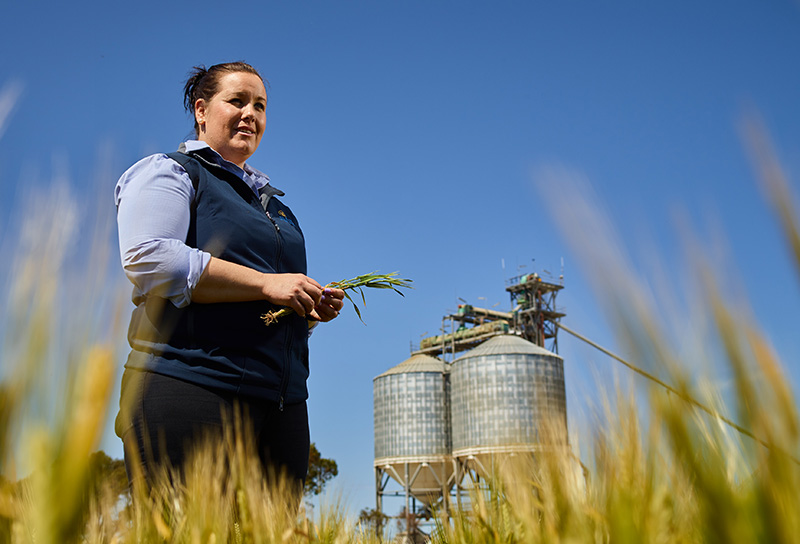
As winter crop planting progresses around Australia, with many areas nearing the end, greater attention is now being paid to new crop marketing options for the coming 2021/22 season.
Read More